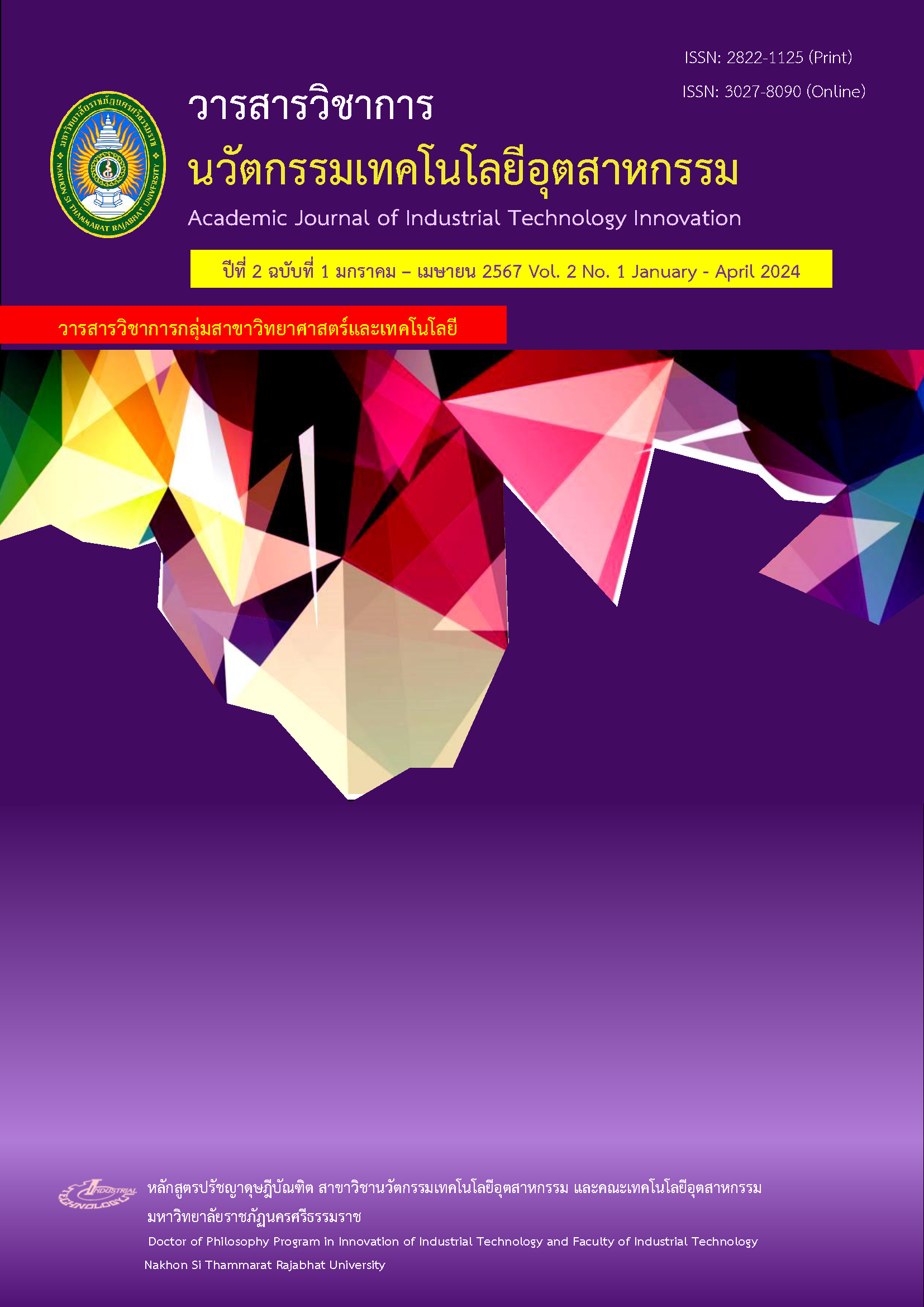Air Conditioning Health Versifying System
Main Article Content
Abstract
Study of air conditioners completeness monitoring equipment design and storage of air conditioner inspection results data. The system can detect the amount of dust in the air conditioners and notify the report to the users. The purpose is to create guidelines for inspection air conditioners, prevent accidents from the inspection, reduce maintenance costs, increase the efficiency of air conditioners, reduce health problems caused by dust and evaluate the use of air conditioners, etc. Therefore, the air conditioning performance monitoring system was designed and created by using various technologies. The air conditioning completeness monitoring system can check the amount of dust and notify the user through a network system. In addition, such system can record, monitor the accessing system, and provide a security system before using the air conditioning completeness monitoring system. The system can be installed and used in residences, offices, or other places. From the test results, it appears that the system can work as desired and does not affect other existing systems when installed.
Article Details

This work is licensed under a Creative Commons Attribution-NonCommercial-NoDerivatives 4.0 International License.
Articles published in this journal are copyrighted by the Faculty of Industrial Technology. Nakhon Si Thammarat Rajabhat University
In addition, research results and academic works published in the journal It is the independent opinion of the author. The author is responsible for any legal consequences that may arise from the published article. The editorial team and the journal's production team, we don't always have to agree.
References
Department of Alternative and Renewable Energy, Ministry of Energy. (2007). Preparation of Energy Analysis Reports for Government Agencies and Provinces, Vol. 4. (Training Document). Bangkok, Thailand. (In Thai)
Sripha, Y., Charoensuk, N., and Chotisawat, M. (2012). “Increasing the efficiency of split type air conditioners with heat exchange units. Water-cooled, welded plate type,” Research report. Rajamangala University of Technology Suvarnabhumi, Ayutthaya, Thailand.
Phechinsukchanachoke, A. (2007). Energy saving in industrial plants: A case study of JS Footwear Co., Ltd. (Master's thesis in Industrial Engineering Management). Bangkok, Thailand: Graduate School, King Mongkut Institute of Technology North Bangkok. (In Thai)
Kofoworola, O.F., & Gheewala, S.H. (2009). Life Cycle Energy Assessment of a Typical Office Building in Thailand. Journal of Energy and Buildings, 41(10): pp. 1076-1083.
Ouyang, J., & Hokao, K. (2009). Energy-Saving Potential by Improving Occupants’ Behavior in Urban Residential Sector in Hangzhou City, China. Journal of Energy and Buildings, 41(7): pp. 711-720.


